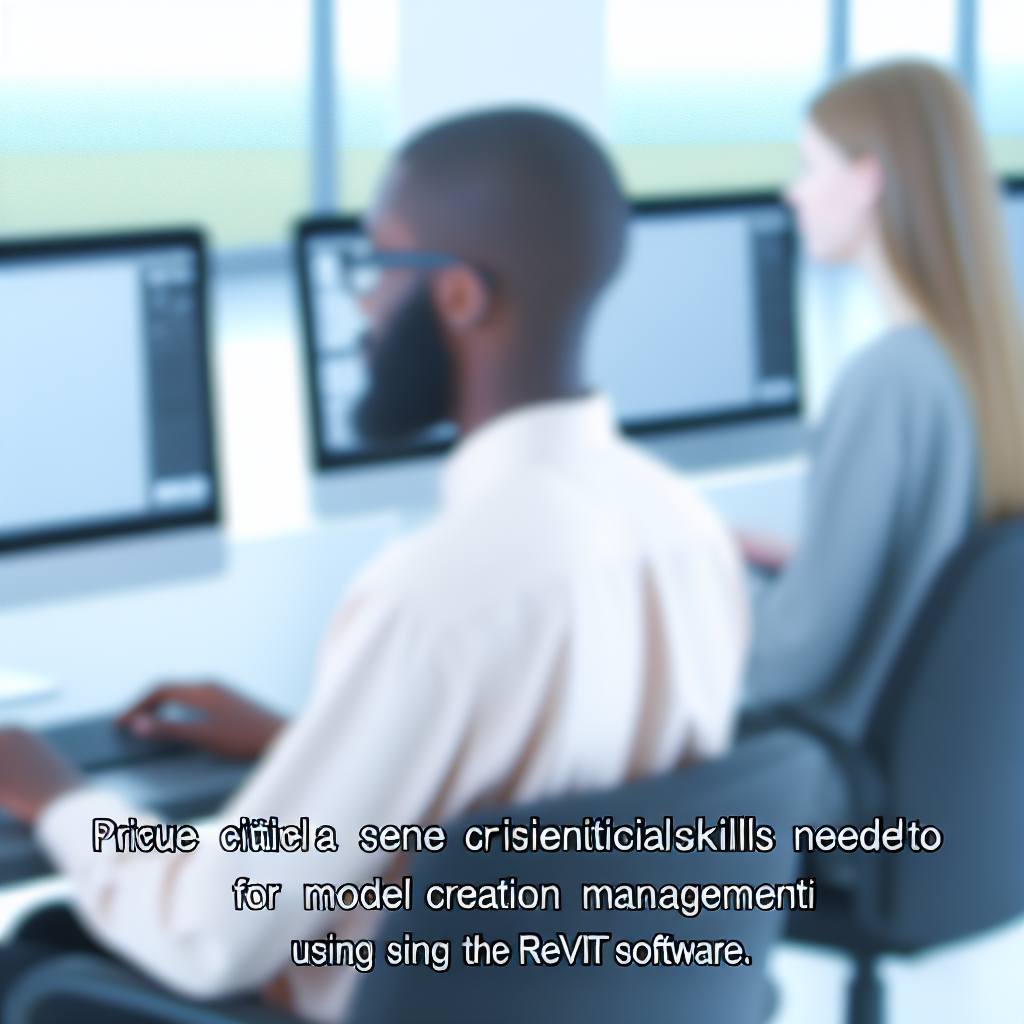ESSENTIAL REVIT SKILLS – EP1
Autodesk Revit is a powerful Building Information Modeling (BIM) software essential for architects, engineers, and construction professionals. Mastering key skills in Revit can significantly improve your efficiency and accuracy in designing and documentation. This article will explore foundational skills needed to excel in Revit, focusing on model creation and management.
Creating and Managing Revit Elements with Precision
One of the core skills in Revit is the ability to create accurate building elements such as walls, floors, and roofs. These components form the backbone of your model and require attention to detail. Effective use of Revit’s drawing tools—like the rectangle, line, and spline tools—facilitates quick and precise element placement. Additionally, understanding how to modify these elements through parameters and constraints ensures your model remains adaptable to design changes.
To maximize efficiency, learn how to utilize Revit’s “Snap” tools and temporary dimensions, which help in aligning components consistently. The knowledge of setting up work planes, levels, and grids is also essential to maintain spatial accuracy across your project. This foundational skill set not only speeds up your modeling process but also guarantees that your project adheres to design intent and building codes.
Model Coordination and Annotation for Clear Documentation
Once your model elements are correctly created, the focus shifts to coordination and annotation. Revit’s capability to generate construction documentation requires proficiency in tagging, dimensioning, and creating sheets. Proper annotation ensures your drawings communicate the design intent effectively to contractors and stakeholders.
Effective model coordination involves linking multiple views, managing phases, and using worksets to facilitate collaboration among team members. These practices prevent conflicts and inconsistencies in the model, enabling a smoother workflow. Mastering these skills ensures your project documentation is accurate, comprehensive, and easy to interpret, which is critical for successful project delivery.
Conclusion
Mastering essential Revit skills like precise element creation, effective model management, and clear documentation sets the foundation for success in BIM workflows. These skills not only streamline your design process but also improve collaboration and project accuracy. By continually honing these capabilities, you position yourself as a proficient Revit user ready to tackle complex architectural and engineering projects effectively.
